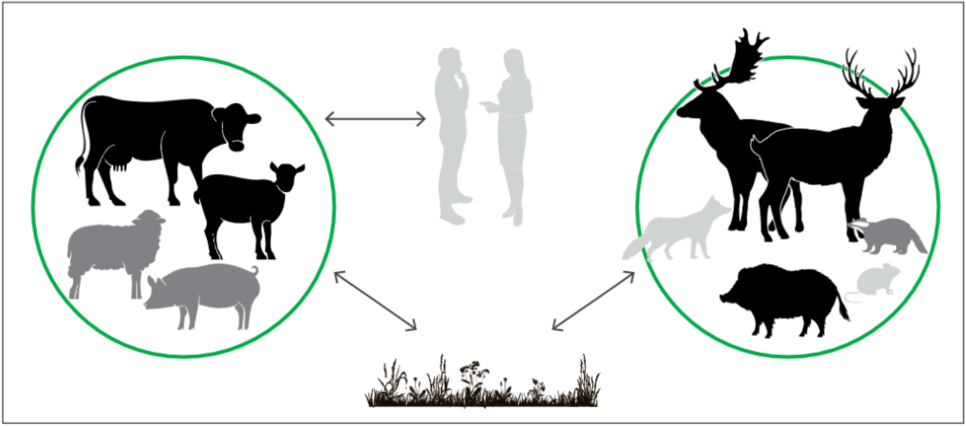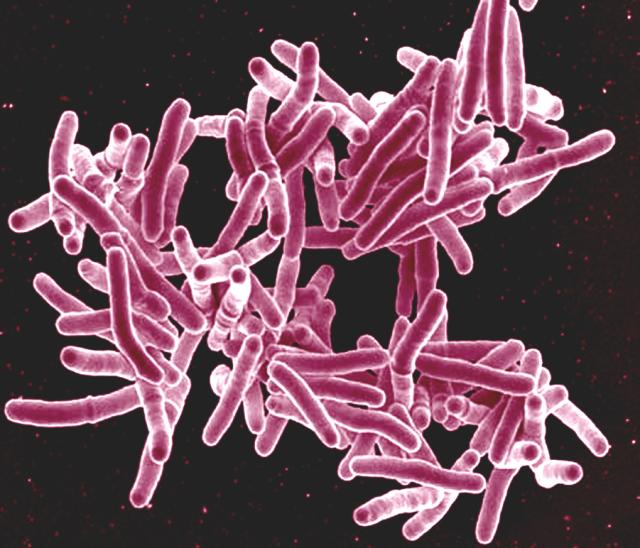
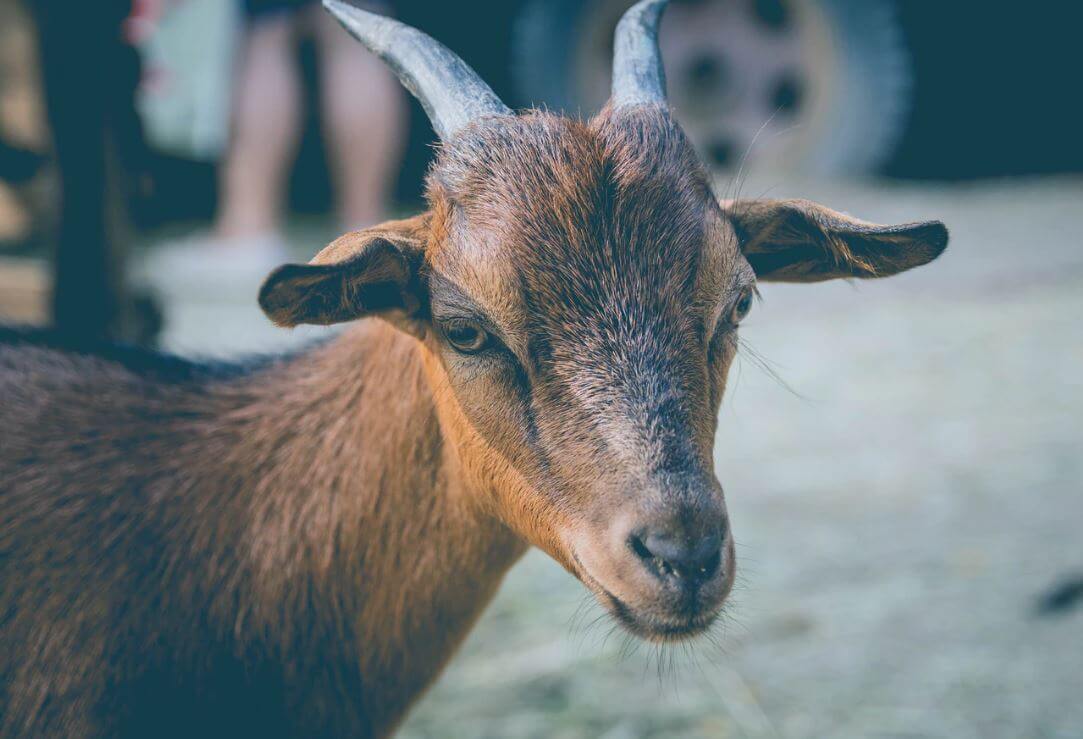
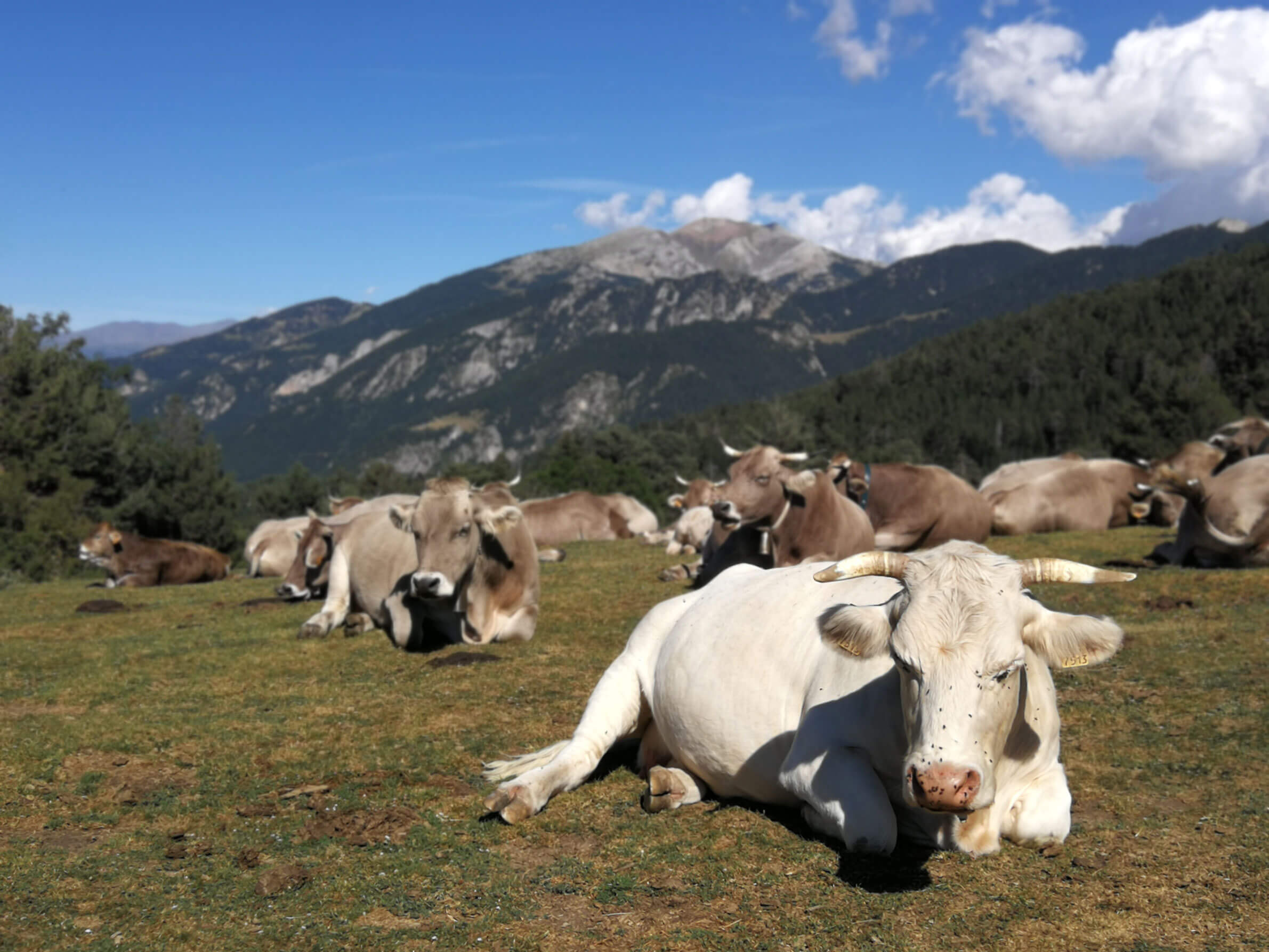
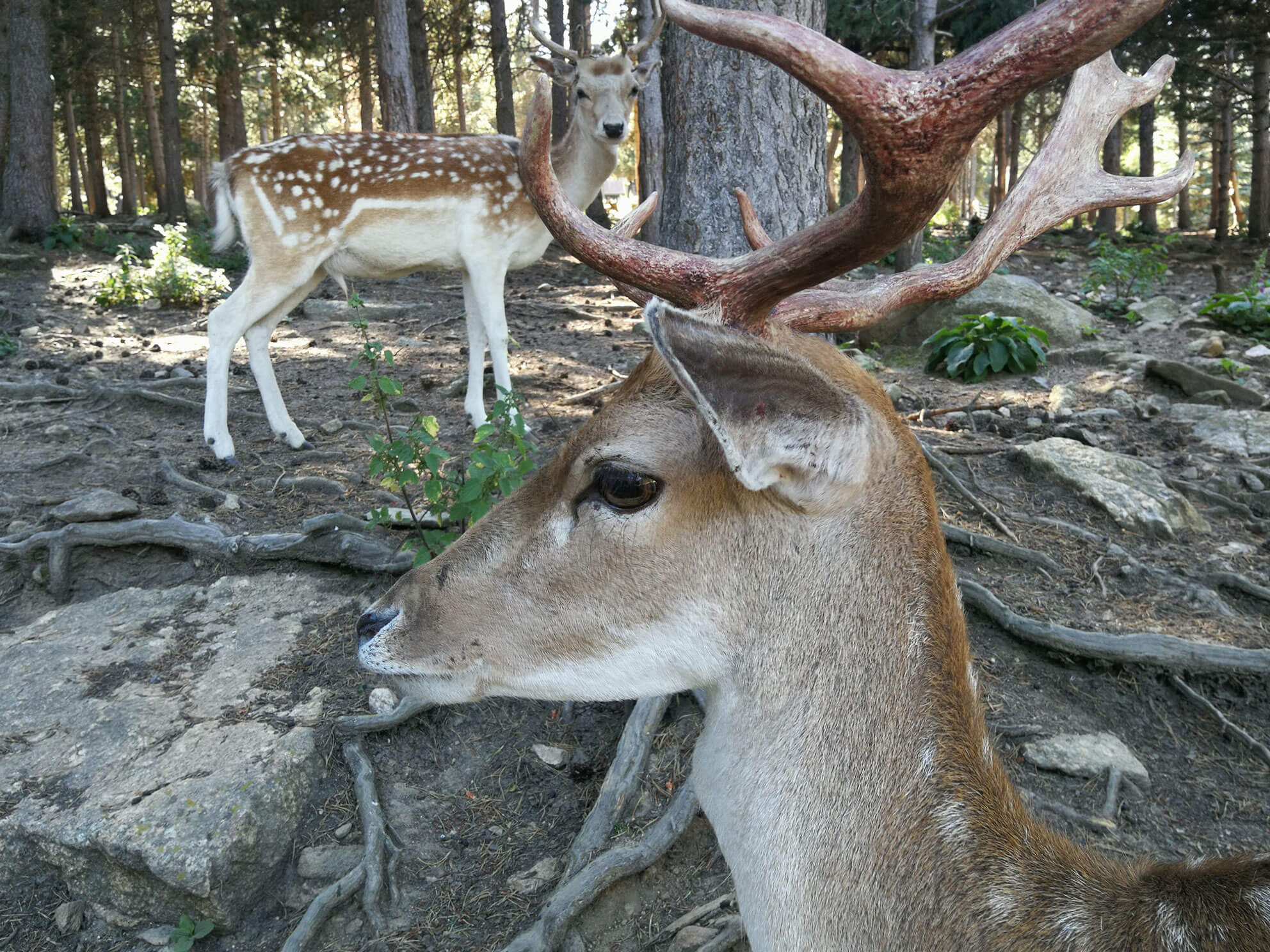
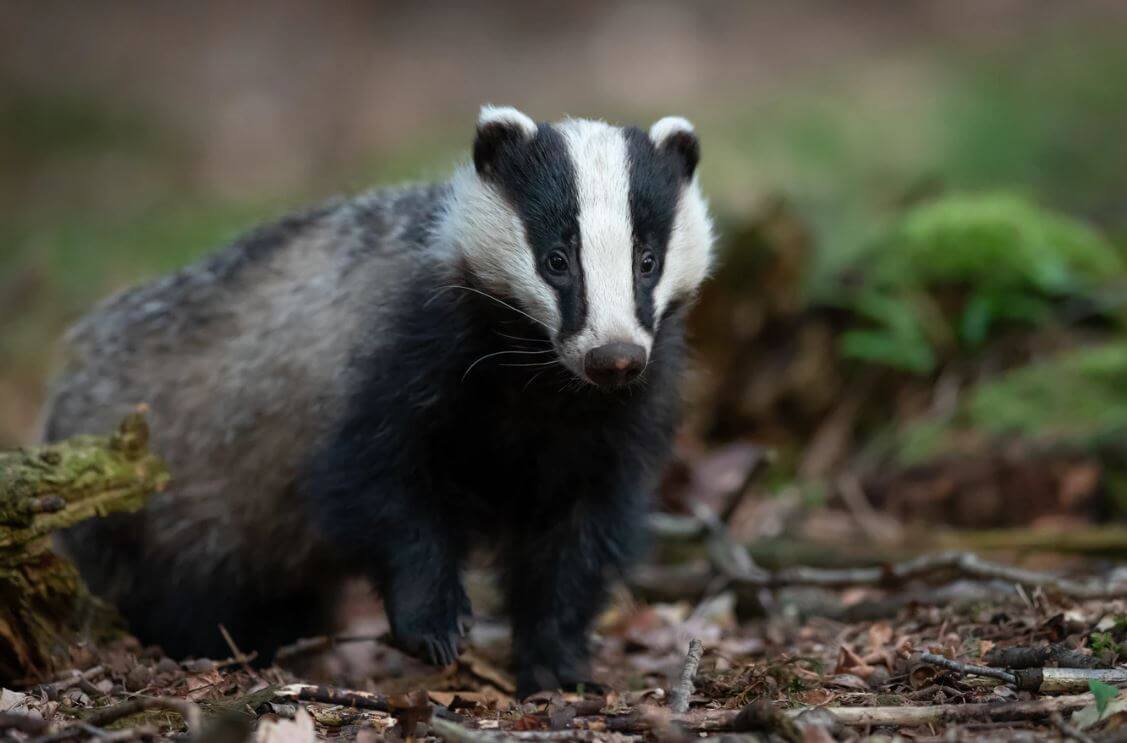
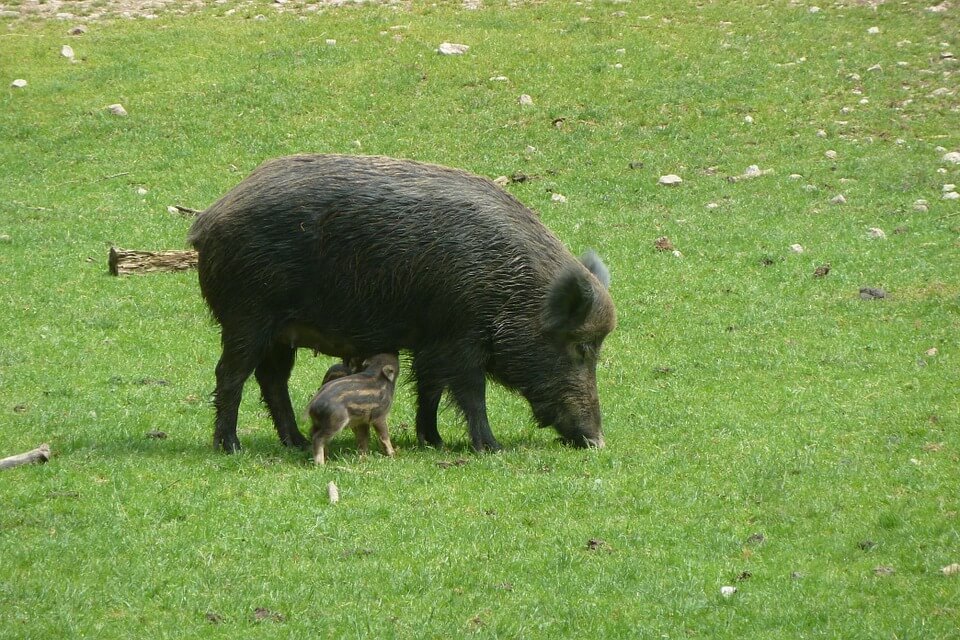
There is a risk of transmitting animal TB to people. In countries where there is a control program, zoonotic tuberculosis is uncommon and can occur when inhaling mycobacteria eliminated by infected animals or from injuries to infected animals. It can also be transmitted indirectly, through the consumption of contaminated milk or dairy products. In regions where food hygiene is applied consistently, the risk to the general public has been reduced. However, zoonotic tuberculosis infection remains a professional risk for ranchers, slaughterhouse workers, butchers and veterinarians.
Some wild animals present in the trans-Pyrenean region, such as wild boar and deer, can be reservoirs of this disease and transmit it to livestock in the area. In addition, in recent years, the presence of the infection has been described in other animals also present in the region such as badgers and rodents. In domestic animals, tuberculosis causes great economic losses mainly due to the restrictions associated with disease control and therefore remains a concern for European authorities. Given this problem, the INNOTUB project wants to study and improve the management of disease control in the trans-Pyrenees area where there is more risk of contact between domestic and wildlife.
